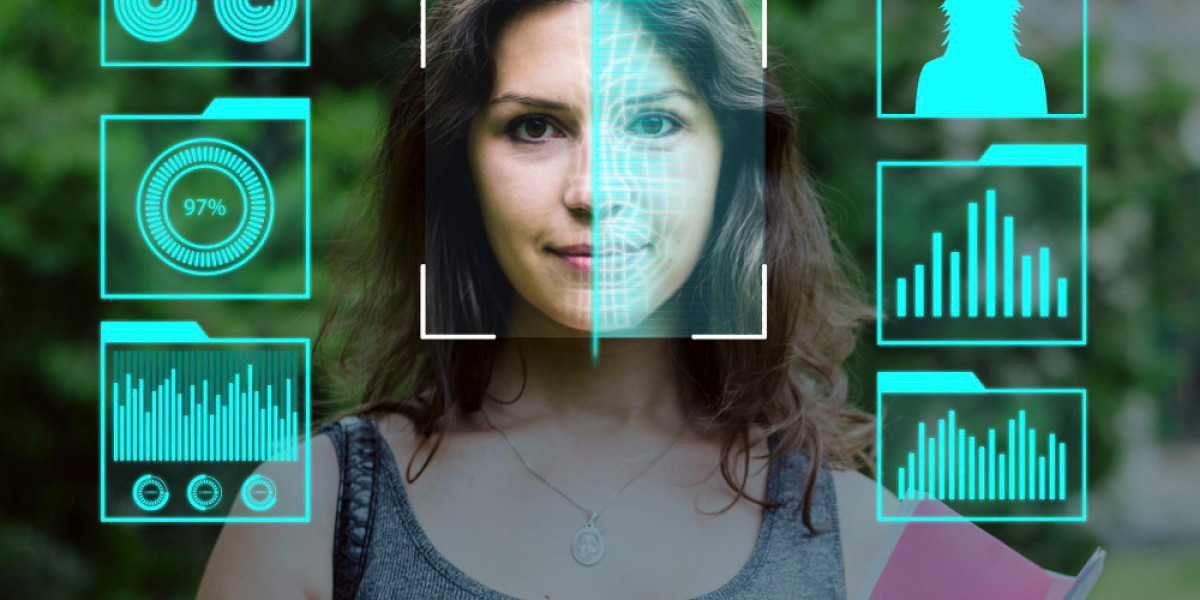In today's digital age, the need for robust security measures is paramount. One such technology that has gained prominence in recent years is face verification. Unlike traditional methods like passwords or PINs, face verification offers a more secure and convenient way to authenticate individuals.
Importance of Face Verification
Face verification holds immense importance in various sectors, including banking, healthcare, and law enforcement. It provides an additional layer of security, making it difficult for unauthorized users to gain access to sensitive information or restricted areas.
How Face Verification Works
Facial recognition technology lies at the heart of face verification systems. It involves capturing and analyzing facial features to verify a person's identity. Biometric analysis, including measurements of unique facial landmarks, helps distinguish individuals accurately.
Applications of Face Verification
Face verification finds applications across diverse industries:
- Security and Access Control: Businesses use face verification to control access to buildings, ensuring only authorized personnel can enter restricted areas.
- Identity Verification: Financial institutions employ face verification during customer onboarding processes to confirm the identity of applicants.
- Personalization in Marketing: Retailers utilize face verification to personalize customer experiences, offering tailored recommendations based on facial recognition data.
Challenges and Concerns
Despite its benefits, face verification comes with its share of challenges and concerns. Privacy issues arise due to the collection and storage of facial data, raising questions about consent and data security. Moreover, concerns regarding the accuracy and potential biases of facial recognition algorithms pose significant challenges.
Future Trends in Face Verification
The future of face verification is promising, with advancements in technology addressing current limitations. Improved algorithms aim to enhance accuracy while mitigating biases. Additionally, the integration of artificial intelligence (AI) and machine learning (ML) algorithms holds the potential to revolutionize face verification systems further.
Conclusion
Face verification stands as a powerful tool in the realm of security and identity verification. Its adoption across various industries underscores its importance in safeguarding sensitive information and ensuring the integrity of digital transactions. While challenges persist, ongoing advancements promise a future where face verification becomes even more reliable and secure.



